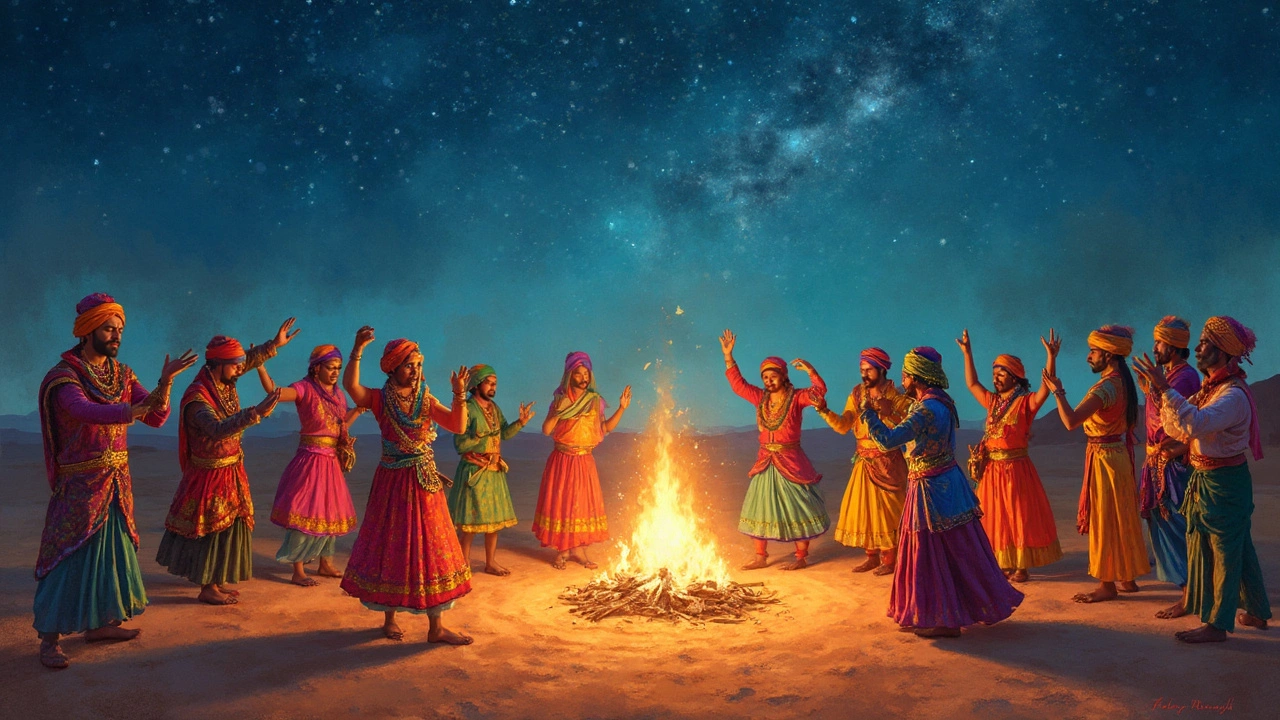Cultural Exploration in India: Discover Traditions, Temples, and Heritage
When you think of cultural exploration, the act of deeply engaging with local traditions, rituals, and history through firsthand experience. Also known as authentic travel, it’s not about checking off landmarks—it’s about understanding why people do what they do. In India, cultural exploration means walking into a temple barefoot because it’s sacred, eating with your hands because it’s tradition, and listening to stories passed down for generations—not just snapping photos.
This kind of travel connects you to places like the UNESCO World Heritage Sites, locations recognized globally for their cultural or natural significance, from the Taj Mahal to the stepwells of Gujarat. It means knowing that Nagpur is called the Heart of India not just because of geography, but because it sits where multiple cultures, languages, and histories meet. It’s why visiting a temple isn’t just about seeing architecture—it’s about following rules: covering your head, removing shoes, not pointing your feet at idols. These aren’t arbitrary rules—they’re living practices.
You can’t fully experience cultural exploration without understanding the differences between North and South India. The food, the language, the way people greet each other, even how they worship—it’s not the same. One region might celebrate Diwali with fireworks and sweets, another might honor it with quiet prayers and oil lamps. That’s why guides matter. A local guide doesn’t just show you where to go—they explain why the priest whispers a mantra, why the temple bell is rung three times, why you shouldn’t take photos inside certain shrines. This isn’t tourism. This is respect.
And it’s not just about the big sites. Cultural exploration happens in the quiet moments: sharing tea with a shopkeeper in Varanasi, learning how to tie a traditional knot from a weaver in Kanchipuram, or watching elders perform a ritual before dawn at a village shrine. These aren’t tourist traps—they’re real life. The posts below give you the tools to do this right: how to dress, what to eat, where to go, and how to avoid stepping on sacred ground—literally and figuratively. You’ll find guides on temple etiquette, lists of heritage spots you can visit responsibly, and real advice on navigating India’s diversity without causing offense. This isn’t a travel brochure. It’s your field manual for meaningful travel.
